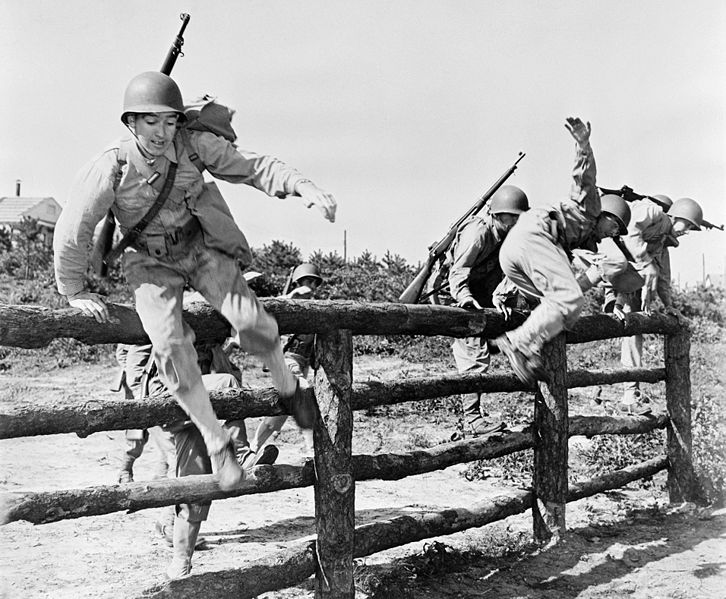The United States Army entered World War I almost entirely unprepared for modern warfare. The role of the airplane, of tanks and machine guns and gas shells, had not been fully understood before they were encountered on the battlefield. The US Army used French supplied tanks and airplanes during the war, having none of their own. Eventually, nearly 3 million draftees swelled the American army, which had been comprised of less than 100,000 men in 1916, all volunteers. When the war ended almost 5 million Americans had served. They came home to victory parades and triumphant speeches, with most demanding their release from service as soon as possible. By 1920 the regular army was reduced by law to less than 300,000 men. Through the decade the Army declined, as Congress failed to provide adequate funding to support it.

Career officers, many of whom made their names on French soil during the war, found little to do in the way of leading troops. Men such as George Patton, Dwight Eisenhower, George Marshall, Omar Bradley, and Douglas MacArthur sought to modernize the American Army, using the lessons learned in the Great War. Inadequate funds stymied them. For most rank and file troops, army life during the 1920s and 1930s was one of confinement to sleepy camps and installations. Pay was low, morale dwindled, out-of-date equipment moldered unused. Gone were the trappings of patriotism which decorated the troops of the late World War. Here is a view of life in the American military during the years between the World Wars, a time marked by Prohibition, the Great Depression, and rising isolationism in the United States.

1. It was no way to get rich
A young man choosing to enlist in the US Army in 1922 did so for a period of either one or three years. In return, he received the rank of private and the promise of $21 per month for his services (About $348 today). Along with that “generous” compensation he received his uniforms and equipment, housing, meals, healthcare, and training. He also found himself stripped of all outward appearances of individuality; dressing, walking and behaving the same as his fellows. He learned these adjustments in appearance and behavior at the hands of a company sergeant, one with several years of experience of army life. The company sergeant determined which recruits were most likely to qualify as specialists, such as radiomen, or messengers. Such positions, after training and qualification, brought additional pay and opportunities for promotion.
By the mid-1920s the United States maintained three large overseas garrisons, in the Panama Canal Zone, the Philippines, and the Territory of Hawaii. Another small garrison was in China. The rest of the army of about 250,000 men was scattered in posts across the country, in undermanned bases and camps. Though the Army attempted to close many such camps and consolidate its troops to improve training, Congress stood in the way. Individual congressmen recognized the financial benefit of army bases to their constituents. To those congressmen, re-election was far more important than military preparedness. During the 1920s the Army had little money for training, and when it did train it used increasingly obsolescent equipment. Soldiers on isolated bases had little to do but await the good graces of their sergeant granting them a pass into town, where they could divest themselves of their army pay.

